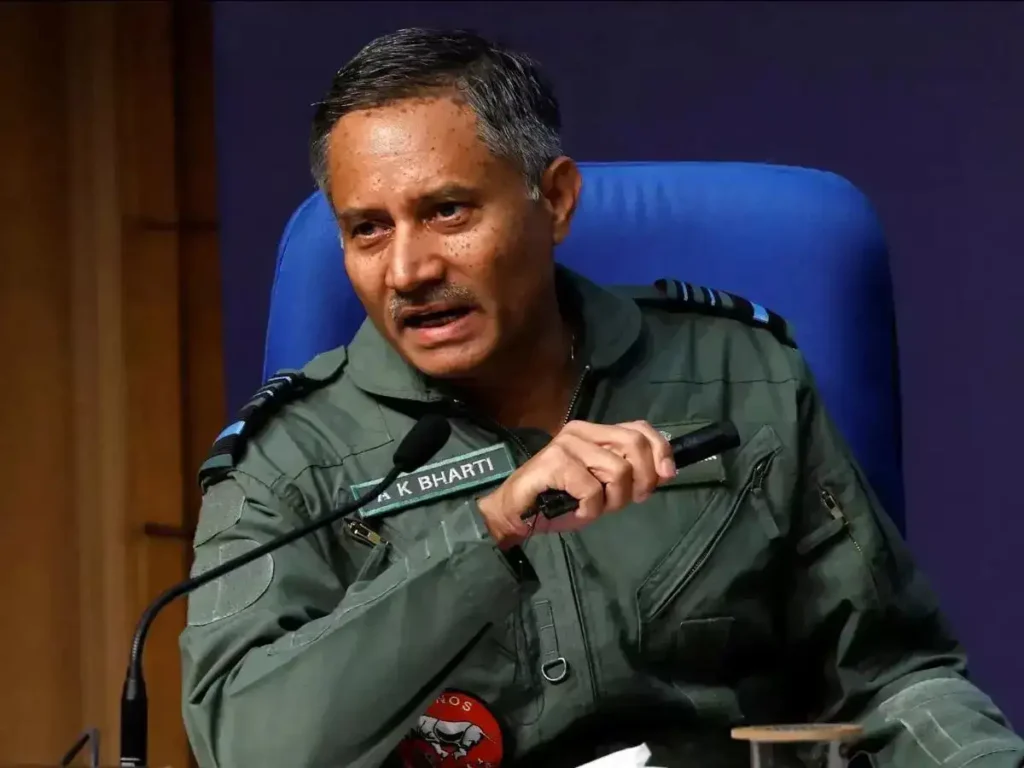Did India Target Pakistan’s Nuclear Facility in Kirana? Radiation Leak Rumours and US Aircraft Landing Stir Controversy
Social media recently exploded with claims that India launched a covert strike on a highly sensitive nuclear site hidden beneath Pakistan’s Kirana Hills. The speculation gained momentum after satellite images showed visible damage to the Mushaf Airbase in Sargodha — a location believed to be closely tied to Pakistan’s nuclear weapons infrastructure.

This buzz intensified when reports emerged of a US emergency aircraft allegedly landing in Pakistan, prompting rumours of a radiation leak. While officials from both nations have remained silent, online chatter has sparked widespread intrigue and concern.
Satellite Images Trigger Speculation
The controversy began when high-resolution satellite photos surfaced online, showing what appeared to be structural damage at the Mushaf Airbase. Located in the heart of Punjab, this fortified installation serves as one of Pakistan’s most strategic military sites.
Observers quickly linked the airbase’s proximity to the Kirana Hills — an area long suspected of housing underground nuclear storage — to the visible signs of destruction. Defense enthusiasts and open-source intelligence communities began connecting the dots, suggesting a possible deliberate strike.
Although the Indian Air Force (IAF) has not commented officially, many OSINT analysts believe that if an operation occurred, it may have aimed at critical military or nuclear-related targets.
The Secret of Kirana Hills
The Kirana Hills, a low mountain range near Sargodha, have remained mysterious for decades. Unconfirmed reports suggest that Pakistan conducted underground “cold tests” (non-fissile nuclear trials) in this region during the 1980s. Over time, experts began associating this region with underground bunkers and storage facilities for nuclear materials.
Because of its strategic importance, any unusual activity near Kirana immediately draws international scrutiny. The moment images showing damage at Mushaf base became public, speculations quickly spread about a possible deeper target beneath the surface.
US Aircraft Landing Adds to Mystery
Adding another twist, several social media users claimed that a US emergency response aircraft landed in Pakistan shortly after the alleged strike. According to these unverified posts, the plane carried a nuclear emergency response team tasked with investigating a potential radiation leak.
Though neither Washington nor Islamabad has confirmed these claims, the timing of the aircraft’s landing has only intensified suspicions. The idea that international actors may have stepped in to assess nuclear safety added credibility to the otherwise speculative narrative.
Strategic Silence From Officials
Both India and Pakistan have so far chosen to remain silent. This deliberate lack of communication has raised further questions. In sensitive matters like nuclear infrastructure, governments often prefer quiet diplomacy over public statements to prevent panic or unwanted escalation.
Experts argue that leaders from both sides may be handling the situation privately or may not want to give the rumors more visibility by addressing them publicly.
Defense Analysts Urge Caution
Amid the online frenzy, several defense experts advised the public to stay cautious. They warned against drawing conclusions without verified data. While satellite photos can reveal damage, they don’t always tell the full story.
Retired Air Vice Marshal Manmohan Bahadur commented in an interview, “We live in an age of quick conclusions, but matters involving nuclear security require verified intelligence, not assumptions based on social media.”
Global think tanks such as the Stimson Center and CSIS also noted that no reliable source has yet confirmed a strike or radiation leak. They stressed the importance of evidence before making any serious allegations.
What Could This Mean for South Asia?
If India truly targeted a nuclear-related facility, the move could mark a major escalation between two nuclear-armed nations. Such an act would undoubtedly raise global concerns and increase diplomatic tensions.
On the other hand, if the airbase incident resulted from an internal issue or accident, the concerns over nuclear safety still hold weight. Any incident involving military installations near sensitive sites should prompt greater transparency.
Conclusion: Unanswered Questions Remain
At this point, many questions remain unanswered. Did India strike near the Kirana Hills? Did a radiation leak prompt the US aircraft’s arrival? Was the Mushaf Airbase incident a targeted operation or an internal mishap?
None of the major governments involved have confirmed these events. However, one thing is clear — in a region like South Asia, where nuclear tension runs high, even unverified reports can shift geopolitical narratives and public perception.
For now, the claims about Kirana remain speculative. But the situation highlights the urgent need for transparency, especially when nuclear stability is at stake.






